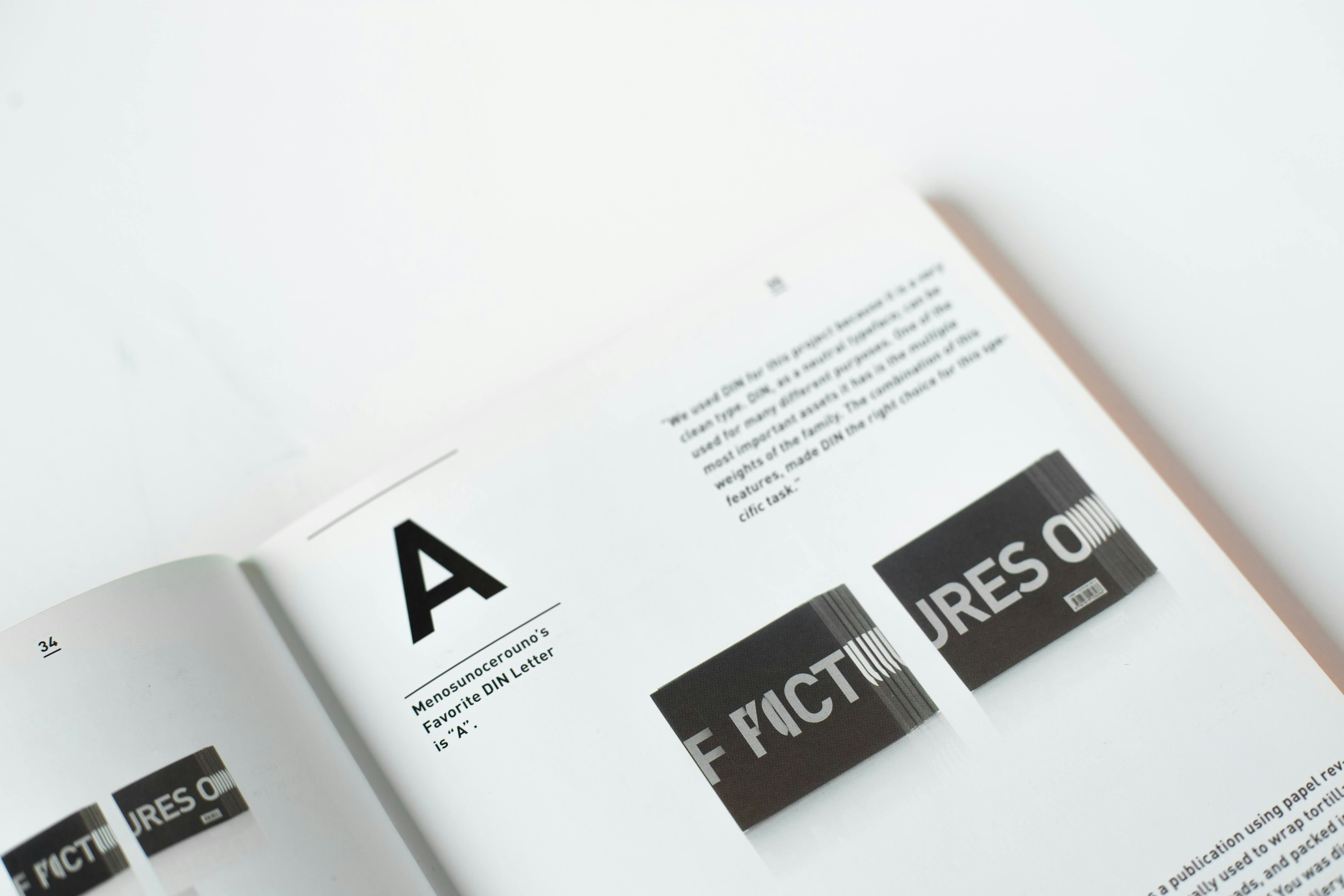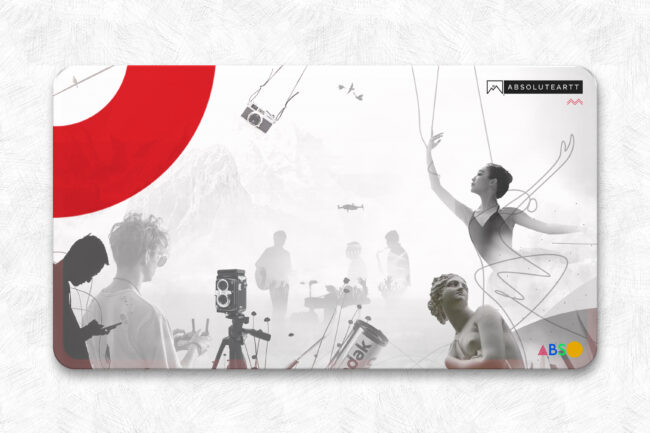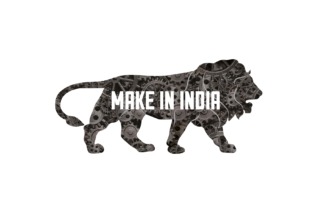Where imagination meets form, and emotion takes shape.
Prologue
From the echoing walls of ancient caves to the glowing pixels of digital canvases, humans have always designed their way into stories. Every brushstroke, every font, every hue is an attempt to make emotion visible—to turn silence into symbol.
Today, in the age of immersive design, storytelling is no longer told about the world. It is designed into it.
At ABSOLUTEARTT®, we believe visual design is not mere decoration—it is the geometry of feeling, the architecture of meaning.
1. Color — The Emotional Architecture of Story
Color speaks the language of the soul long before the mind begins to interpret it. It can soothe, agitate, or transcend, creating atmospheres where words dare not go.
“Color is the keyboard, the eyes are the harmonies, the soul is the piano with many strings.” — Wassily Kandinsky
- Wes Anderson’s Chromatic Grammar
In The Grand Budapest Hotel, pastel pinks and faded reds summon nostalgia, like memories preserved in sugar and smoke. His color palettes are emotional cartographies, mapping human moods through hue and harmony. - Pixar’s Emotional Spectrum in “Inside Out”
Yellow for joy. Blue for sadness. Green for disgust. Pixar’s use of color psychology transforms emotion into motion—inviting even a child to feel before understanding.
Color, when used consciously, becomes narrative—each shade a whisper, each contrast a turning point.
2. Typography — The Voice Within the Silence
Typography is how a story breathes visually. It gives tone to text and structure to emotion. It decides whether a message sings or stands still.
- The New Yorker’s Enduring Poise
Its refined serif typography mirrors its intellect—anchored in tradition yet eternally relevant. Each letterform feels literary, precise, and patient. - Netflix Sans — Modernism with Heart
Netflix built its own typeface not just for function, but for feeling. It is cinematic minimalism—clean, assertive, yet deeply human. The kind of font that invites binge-watching and belief.
Typography is voice design—it doesn’t just say something, it decides how truth sounds.
3. Imagery — Turning Words Into Worlds
Images make emotion tangible. They transform narrative into experience.
- Apple’s Visual Purity
Every Apple campaign tells the same silent story—clarity is beauty. Their images isolate, amplify, and glorify detail until design becomes devotion. - Blade Runner 2049’s Visual Philosophy
Light slicing through dust. Neon dissolving into fog. The architecture of loneliness. Villeneuve’s visual design tells of isolation and identity without a single word. The viewer feels the void.
A great image doesn’t describe—it summons.
It invites you to inhabit a world that words alone could never build.
4. Motion and Interaction — The Living Canvas
In today’s world, design is no longer static. Motion and interactivity have transformed audiences from observers into participants.
- Netflix’s “Bandersnatch”
The viewer becomes the storyteller. Each decision is a new path, each path a reflection of our own chaos and control. Design becomes a dialogue between user and universe. - Spotify Wrapped
An annual ritual where personal data transforms into art. The interface becomes an emotional mirror—each playlist a memory, each color a confession.
Motion design is the pulse of modern storytelling—alive, responsive, and deeply human.
5. Brand Narratives — Design as Modern Mythology
Every great brand today is a story disguised as a symbol. Its logo, typography, and visuals form a shared mythology—a design language that makes us believe.
- Nike — The Archetype of Aspiration
The swoosh isn’t a mark. It’s motion incarnate. The tagline “Just Do It” carries the defiance of mythology—simple, sacred, and unstoppable. - Airbnb’s “Belong Anywhere”
Through handwritten typography and warm, documentary-like imagery, Airbnb didn’t sell rooms—they sold human connection. Design became a home for empathy.
When design embodies myth, the audience becomes believer. It’s not marketing—it’s meaning.
6. The Cinematic Circle — Where Story Meets Design
In the hands of masters—Terrence Malick, Satyajit Ray, Hayao Miyazaki—design and storytelling are inseparable.
The rustle of light on water. The framing of faces against skies. The poetics of silence.
Their visuals are not backgrounds; they are breathing philosophies.
Designers, too, now compose in this way—treating each pixel as a frame of cinema, each composition as a stanza of poetry.
Because in the end, visual design is the soul’s cinematography.
Epilogue: The Infinite Frame
Storytelling through design is not about showing—it is about awakening.
Color becomes emotion. Form becomes rhythm. Design becomes destiny.
Every screen, every logo, every poster is a frame in the grand film of human expression.
And when design and story finally merge—
what we witness is not just communication,
but creation itself.





